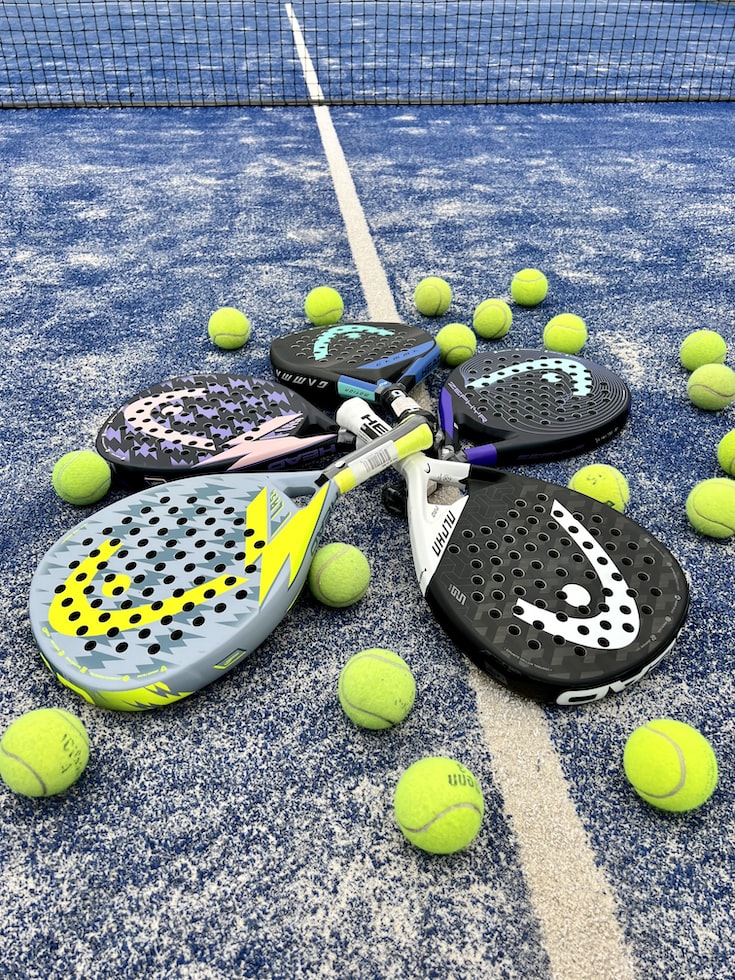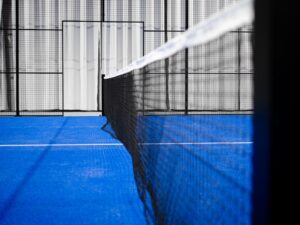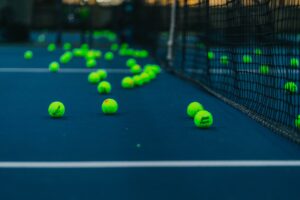Everything You Need to Know About Padel Balls: Types, Characteristics, and More
3 min read
Everything You Need to Know About Padel Balls: Types, Characteristics, and More
Welcome, padel enthusiasts! Today, we’re diving into the world of padel balls. As a human padel expert, I’ll take you on a thrilling journey through the different types and characteristics of these tiny but mighty sporting orbs. So, grab your racket, put on your game face, and let’s get started!
What Makes Padel Balls So Special?
Padel balls are the lifeline of any match. These high-bouncing, pressurized spheres play a vital role in maintaining the fast-paced, adrenaline-pumping nature of padel. Unlike regular tennis balls, padel balls are specifically designed to suit the unique needs of this game.
The dynamics of padel require balls that bounce well on hard surfaces while providing optimum control and durability. Padel balls are constructed using materials that can withstand intense matches without losing their properties throughout prolonged play.
The Two Main Types of Padel Balls
When it comes to padel equipment, there are mainly two types of balls that dominate the scene: pressurized and non-pressurized.
1. Pressurized Padel Balls
Pressurized padel balls are the go-to choice for most players due to their superior performance on the court. These balls come with a hollow center that’s filled with compressed air, giving them their unique bounce. The pressurization ensures a consistent and lively reaction off the racket, adding an extra level of excitement to every shot.
One thing to keep in mind with pressurized balls is their limited lifespan. Over time, they gradually lose air pressure, affecting their bounce and overall performance. Therefore, it’s important to replace them periodically to maintain the optimal playing experience.
2. Non-pressurized Padel Balls
Non-pressurized padel balls are an alternative catering to players who prefer a longer-lasting ball without the need for frequent replacements. Instead of a hollow center, these balls consist of solid rubber, offering a consistent bounce throughout their lifespan.
While non-pressurized balls may not provide the same level of liveliness as their pressurized counterparts, they still deliver excellent durability, making them a budget-friendly choice for recreational players or those who want to minimize the frequency of ball replacements.
Characteristics and Color of Padel Balls
Padel balls come in various colors, with the most common ones being yellow and white. The choice of color is mainly a matter of personal preference. However, it’s worth noting that some players find white balls easier to track in certain light conditions, while others favor the traditional yellow balls that ensure better visibility against different backgrounds.
When it comes to characteristics, padel balls are manufactured to have a specific weight and size. The International Padel Federation (IPF) has set guidelines that regulate the weight between 56 and 59.4 grams, with a diameter ranging from 6.35 to 6.77 cm. This standardization ensures a uniform playing experience for all players, regardless of their skill level or the level of competition they engage in.
Choosing the Perfect Padel Ball for Your Game
Now that we’ve explored the different types and characteristics of padel balls, it’s time to find the perfect match for your game. Here are a few factors to consider:
- Playing Level: If you’re a professional or advanced player, pressurized balls will amplify your performance, delivering the heightened bounce you need. For recreational players or beginners, non-pressurized balls offer a durable and cost-effective option.
- Court Type: The type of padel court you frequent can also influence your choice of ball. High-pressured balls work best on artificial grass or indoor courts, while non-pressurized balls are better suited for clay or concrete surfaces.
- Personal Preference: Ultimately, the ideal padel ball for you will depend on your personal playing style, comfort, and preferences. Experimenting with different types and brands can help you discover the ball that perfectly complements your skills and game.
Conclusion
Now armed with the knowledge of padel balls and their characteristics, you can confidently step onto the court and make an informed decision when selecting the perfect balls for your game. Remember, the right padel equipment enhances your experience and takes your game to new heights. So, choose wisely, play passionately, and let the padel balls serve as your accomplice in the thrilling world of this unique sport!







